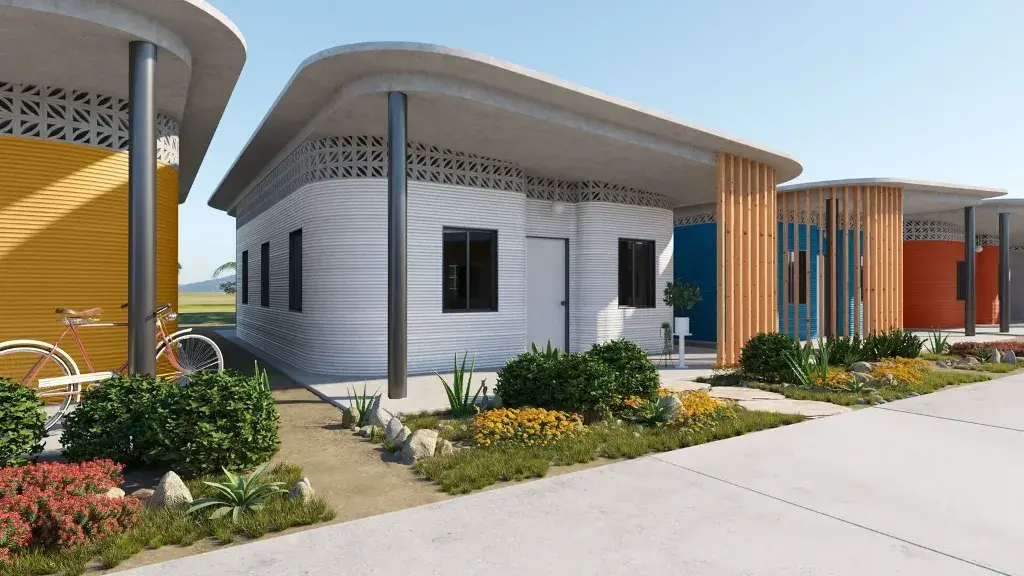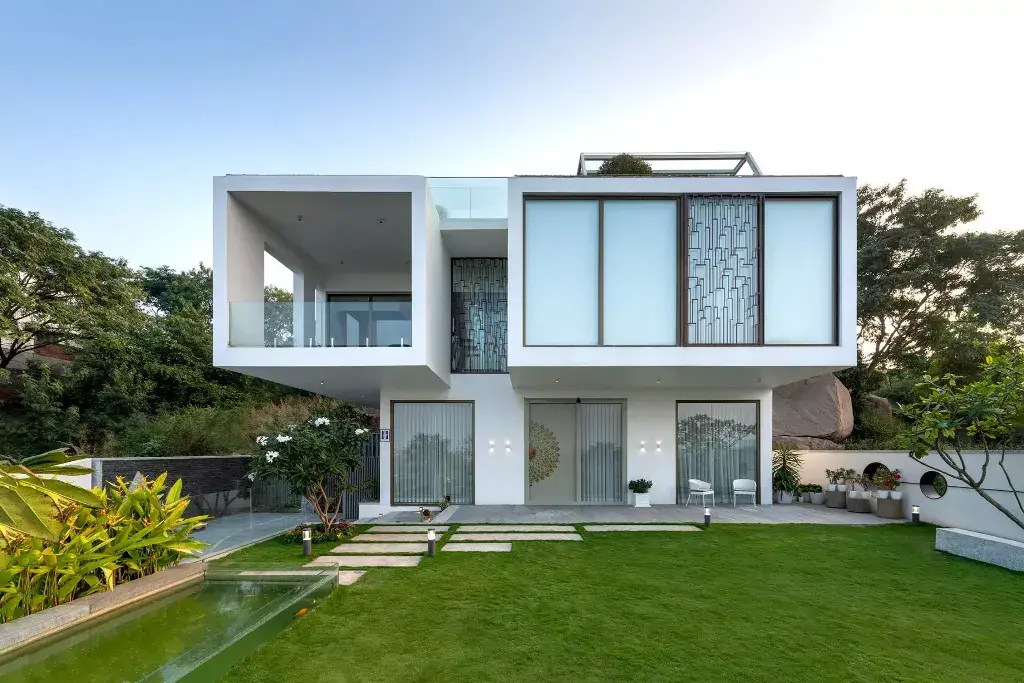As the years pass, they often come to be defined by trends that took hold during them. Even though the passage from December to January is arbitrary from a design and development perspective, it is inarguable that years are useful to track the growing prevalence of certain trends – particularly within architecture and building design.
This year promises to be a vibrant year with regard to architectural trends, too. A number of global events and technological leaps have set the stage for some strong trends to emerge in project and practical design alike. What can you expect to see in architecture in the coming years, both in terms of new projects and new customer demands? In this article, we’ll delve right into this topic to find out.
The Importance of Sustainability

Sustainability has been a growing buzzword in the construction and design industry for some time now, but in recent years has become a much more important facet of design and architecture. Anthropogenic impacts on global weather systems have been made abundantly clear, and this year saw many of us in the UK get the first hands-on experience of man-made climate change. When discussing sustainability in the construction industry, one must focus on building materials and recycling as much as possible.
Environmentally friendly materials, also referred to as green construction materials, are those that have been produced, installed, and maintained in a way that has little impact on the environment.
They must be made from resources found in the area where the building activity will take place, or they must be strong, reusable, or recyclable. They must also contain recyclable components in their composition.
Additionally, these components must be natural (soil, cork, wood, bamboo, straw, sawdust, etc.) and unaffected by extremes of temperature or humidity.
But how will sustainability surface in terms of building design?
Commissioning clients, contractors, and construction firms alike will together move away from reliance on wasteful or pollutive materials, whether single-use plastics or concrete products with high carbon costs. Instead, durable, quality timber sheet materials will be used for structural design as well as aesthetic purposes, melding sustainability as practice with natural and biophilic design principles.
The Rise of 3D Printed Homes

Hand-in-hand with an increased focus on sustainability comes to an increased focus on technological possibility, with 3D printing emerging as the next ‘big thing’ for affordable and equitable building design, and even mass-manufacture capabilities. 3D printing technologies have been commercially available for some time, but the technology continues to be advanced in sectors like construction – resulting in the creation of printers that use cutting-edge concretes to ‘print’ permanent structures with ease.
3D printing allows for the creation of complex, even previously-impossible shapes, and topologies, advancing architectural design and democratizing it for smaller companies and clients. Not only this, but the repeatability of printing allows the mass manufacture of frames, modular substructures, or entire properties. This could have the potential to permanently alter the Architect’s Design of new-build domestic properties. In the meantime, Current year will see more audacious design folding complex shapes and modular structures.
Portable Home & Structures

In talking about modular structures and mass manufacture, we inadvertently discussed another key shift in construction capability and technology: portability. This has already been recognized via the explosion of interest in van, narrowboat, and otherwise tiny living, but is starting to get reflected in construction start-ups and practice as a viable solution to the growing number of homeless people and the housing crisis.
The concept has notably gained much more publicity and attention ever since the Tesla and Space X CEO, Elon Musk, announced in 2021 that he was selling his properties to live in his very own Boxabl portable home. The prefabricated Casita, which in Spanish means “cottage” or “little house,” can be purchased for as little as $49,500 or rented for as little as $250 per month, which could be another indication that Elon Musk really does reside in a Boxabl since he previously stated his home is worth about $50,000. Knowing this, it’s hard to believe that the world’s richest person would live so far below their means but certainly creates good sustainability publicly.
Conclusion
Prefabricated domiciles are nothing new, and businesses across the world have been pioneering flat-pack, modular-build, and even on-demand custom unit design that enables the delivery of finished homes to different locations. But new manufacturing possibilities – and new insights on sustainable construction – give modular living all the more potential to explode and beyond.
Discover More

